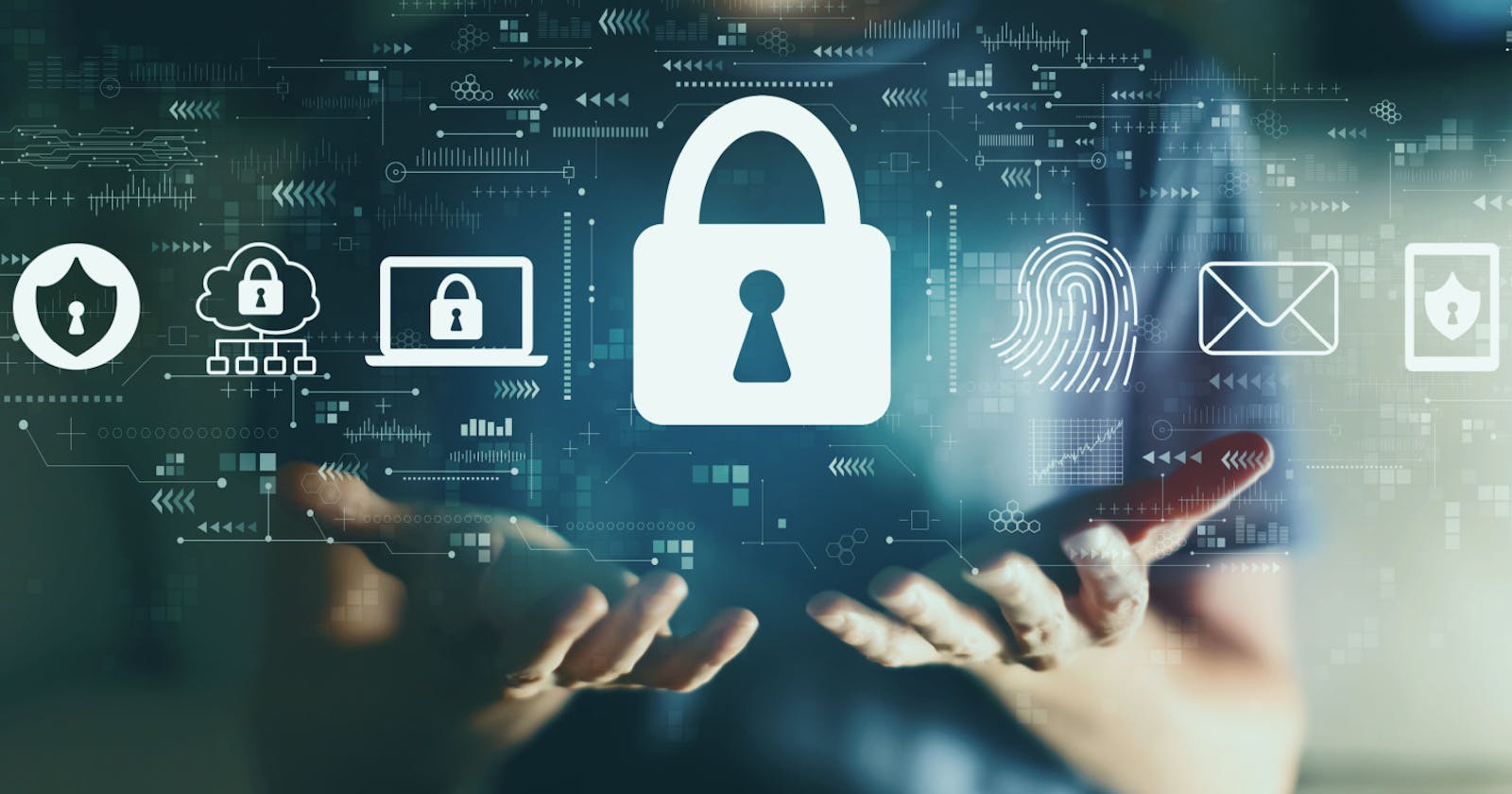A Decade of Challenges and the Path Forward in the Escalating Cybersecurity Crisis in Healthcare
Introduction:
As we usher in the third decade of the 21st century, the healthcare industry stands at a crossroads, caught between the promise of advanced medical technologies and the relentless onslaught of cybersecurity threats. The last ten years have borne witness to an escalating crisis, a digital pandemic that, unlike its biological counterpart, doesn't discriminate. This blog endeavors to dissect the multifaceted challenges that have defined the cybersecurity landscape in healthcare over the past decade and illuminate a path forward toward a more resilient and secure future.
1. The Digitization Dilemma:
The digital transformation of healthcare, while enhancing patient care and administrative efficiency, has inadvertently exposed the industry to unprecedented risks. The migration from paper to electronic health records (EHRs) has created a vast attack surface for cyber adversaries, prompting a critical reevaluation of data security measures.
2. Ransomware's Menacing Surge:
The healthcare sector has found itself in the crosshairs of an alarming surge in ransomware attacks. These malicious incursions not only disrupt critical healthcare services but also place patient lives at risk. The imperative to fortify defenses against ransomware has become a paramount concern for an industry where downtime is not just inconvenient but life-threatening.
3. IoT Vulnerabilities in Connected Care:
The proliferation of Internet of Things (IoT) devices in healthcare has heralded a new era of connected care. However, this interconnected ecosystem has opened Pandora's box for cybersecurity vulnerabilities. Securing medical devices, from smart insulin pumps to wearable health trackers, has become a complex and urgent challenge.
4. Insider Threats and the Human Element:
Despite technological advancements, the human element remains a potent vector for cybersecurity breaches in healthcare. Insider threats, whether through negligence or malicious intent, pose a formidable challenge. From phishing attacks targeting healthcare staff to unintentional data disclosures, the industry must grapple with the complexities of human behavior in the realm of cybersecurity.
5. Regulatory Compliance Conundrum:
Navigating the labyrinth of regulatory compliance requirements has become a Herculean task for healthcare organizations. The industry operates within a web of frameworks designed to safeguard patient privacy and data security. Striking a delicate balance between compliance and the rapidly evolving cybersecurity landscape requires strategic acumen.
6. Telemedicine's Accelerated Ascent:
The accelerated adoption of telemedicine, particularly in the wake of global events, has opened new frontiers for patient care. Yet, this rapid expansion has also widened the attack surface for cyber threats. Ensuring the security and privacy of virtual healthcare encounters is paramount to maintaining trust in telemedicine platforms.
7. Ethical Considerations in the Digital Age:
Beyond the technical and regulatory considerations, the escalating cybersecurity crisis in healthcare beckons ethical reflections. The compromise of patient data not only has financial implications but ethical ones as well. Safeguarding the sanctity of personal health information becomes a moral imperative, urging the industry to reevaluate its ethical stance in the digital age.
Path Forward:
Investment in Advanced Threat Detection: Healthcare organizations must prioritize investments in advanced threat detection technologies to proactively identify and thwart cyber threats before they escalate. Machine learning and artificial intelligence play pivotal roles in predicting and mitigating emerging risks.
Comprehensive Cybersecurity Training: Human error remains a potent cybersecurity vulnerability. Comprehensive training programs for healthcare staff, from clinicians to administrative personnel, are essential. Creating a cybersecurity-aware culture is not just a best practice but a strategic necessity.
Strategic Partnerships and Information Sharing: Collaboration is key in the fight against cyber threats. Healthcare organizations should foster strategic partnerships and engage in information-sharing initiatives. Collective intelligence is a powerful tool in staying ahead of evolving threats.
Continuous Regulatory Compliance Monitoring: As regulatory frameworks evolve, healthcare organizations must implement robust systems for continuous compliance monitoring. Regular audits and assessments ensure that cybersecurity measures align with the latest regulatory requirements.
Ethical Considerations in Cybersecurity: Beyond compliance, healthcare organizations should engage in ethical discussions surrounding cybersecurity. The ethical responsibility of protecting patient data requires a proactive stance that goes beyond legal requirements.
Conclusion:
As we stand on the precipice of a new era, the healthcare industry must confront the escalating cybersecurity crisis with resilience and adaptability. The path forward demands not just technological prowess but a holistic commitment to safeguarding patient data and ensuring the integrity of healthcare systems. The journey toward a secure healthcare ecosystem requires a collective and unwavering dedication to meeting the challenges of the digital age head-on.
For More details, please visit: https://bluesteelcyber.com/the-escalating-cybersecurity-crisis-in-healthcare-a-decade-of-challenges-and-the-path-forward/
